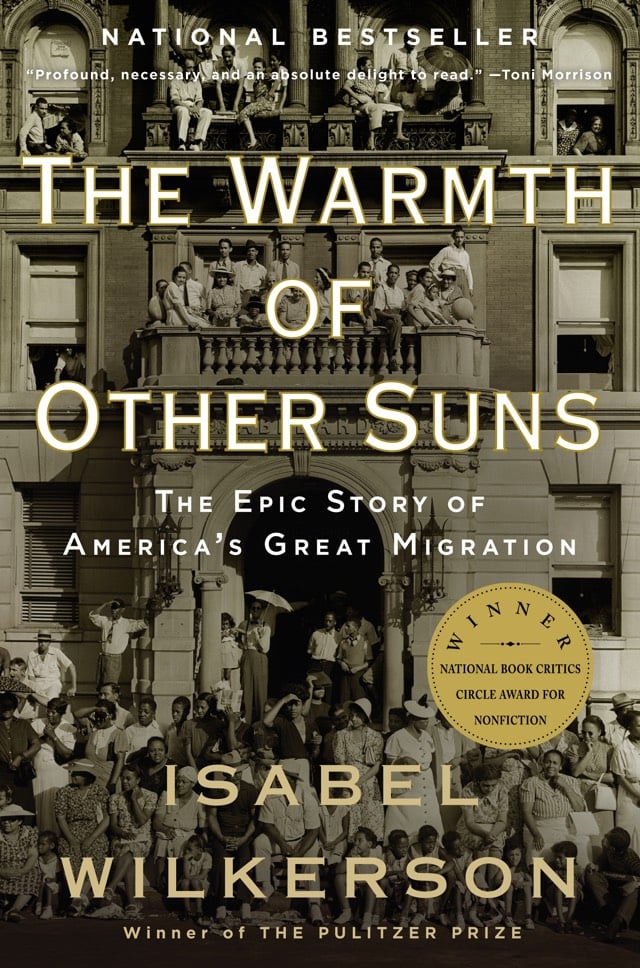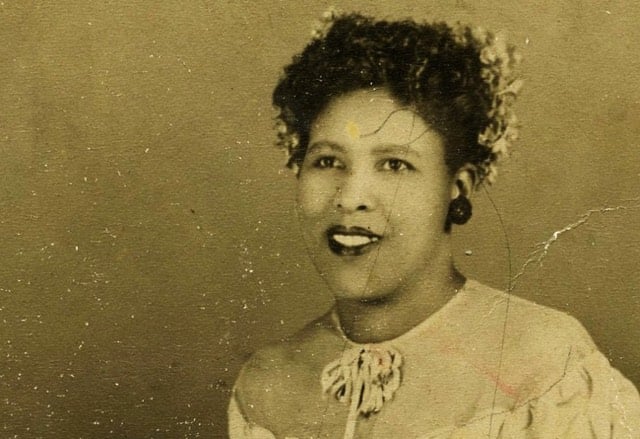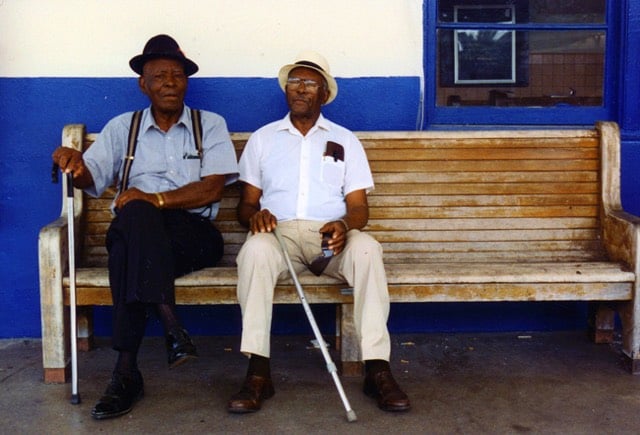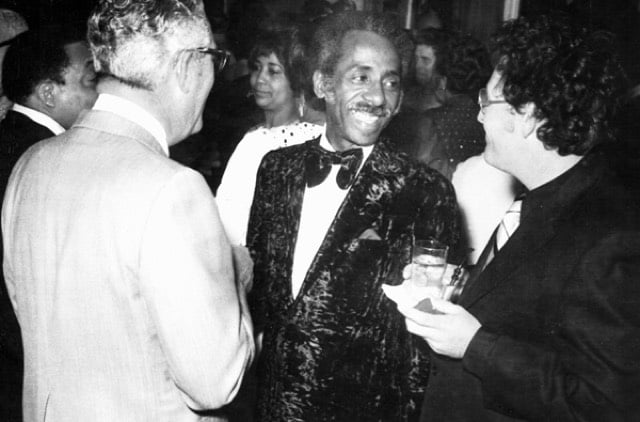The Warmth of Other Suns

I read a lot of books by and about white men, many of them dead. So when a friend enthusiastically recommended The Warmth of Other Suns, I jumped at the chance to expand my reading horizons. I’m so glad I did…this is an amazing book.
Written by Pulitzer Prize-winning American journalist Isabel Wilkerson, The Warmth of Other Suns is about the Great Migration, the mass movement of African Americans from the Southern US to the Northeast, Midwest, and West between 1910 and 1970. During that time, roughly 6 million African Americans moved north and west to escape Jim Crow laws, discrimination, low wages, the threat of physical violence & death, and everyday humiliation & lack of freedom in the South. In the North, they found freedom, new opportunities, and better lives for their families, but they had less success escaping poverty, racism, and discrimination.
Wilkerson tells the story of the entire Migration by focusing on the paths of three people leaving the South:

Ida Mae Gladney, a Mississippi sharecropper pictured above with flowers in her hair, moved to Chicago with her family in 1937 and lived to cast a vote for Barack Obama.

George Starling, pictured above on the left, worked in the citrus groves of Florida before leaving for New York in 1945. He found a job as a baggage handler (and unofficial welcoming committee member) on a train, working the north/south lines that ferried millions of black Southerners to their new homes in the North.

Robert Foster, the gentleman above in the bow tie, became a surgeon and moved from Louisiana to Los Angeles in 1953. There, he rose to the upper ranks of black society and became personal physician to Ray Charles. Foster left the South so thoroughly behind that his daughter didn’t know many of the details of his Louisiana childhood until she read it in Wilkerson’s book.
Through her compelling straight-forward prose, wonderful storytelling, and diligent journalism, Wilkerson more than convinces me that the Great Migration is the greatest untold, misunderstood, and largely unknown occurrence of the American 20th century. I don’t say this often, but The Warmth of Other Suns is a must-read, particularly if you want to begin to understand the racial issues still confronting the US today.





Stay Connected